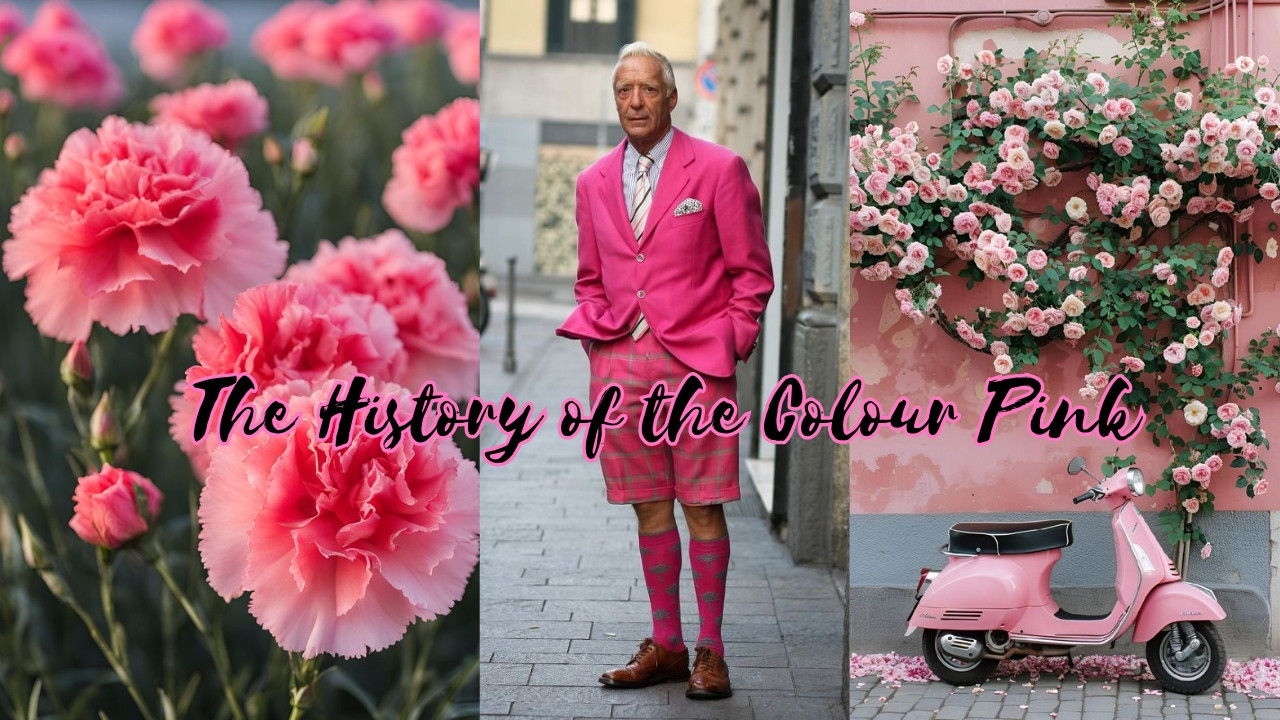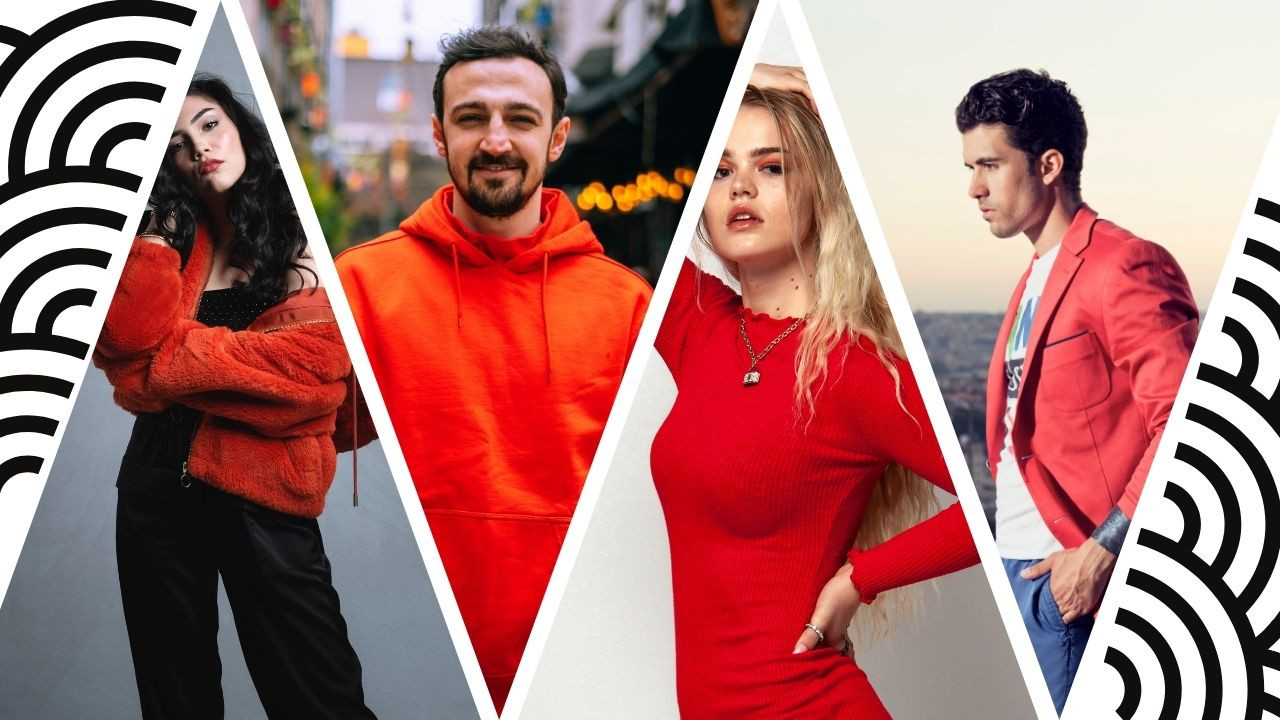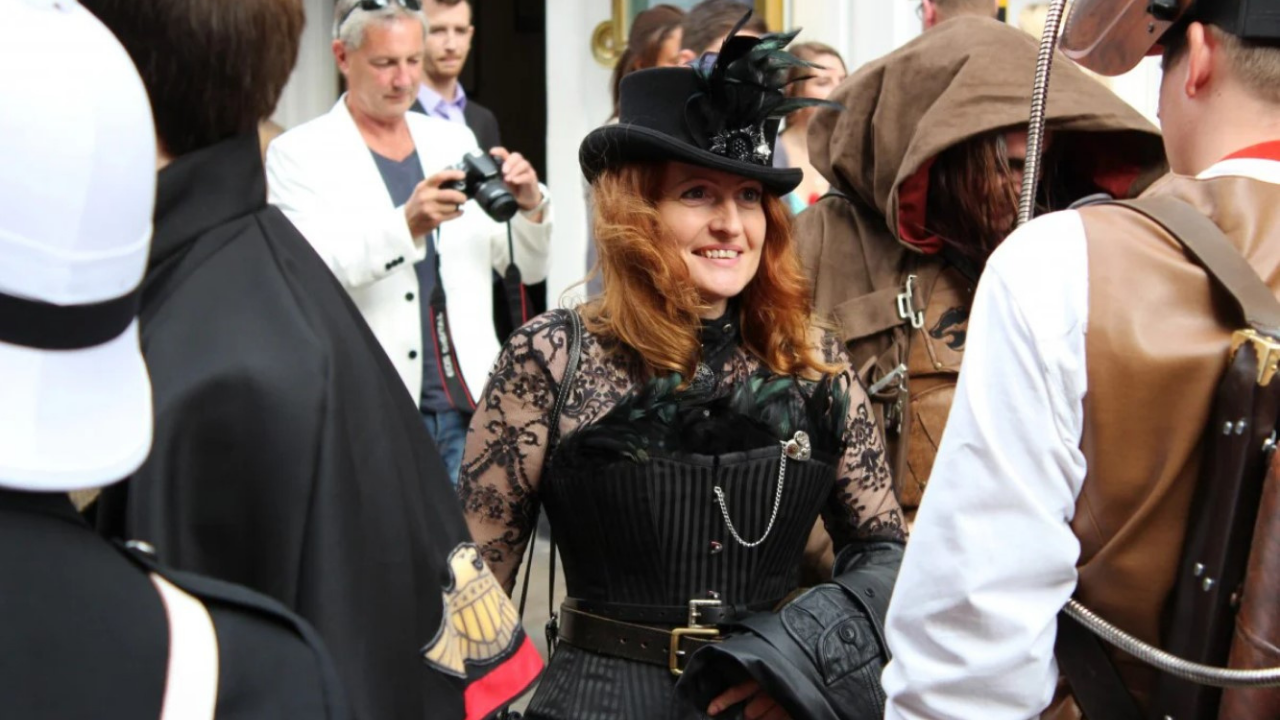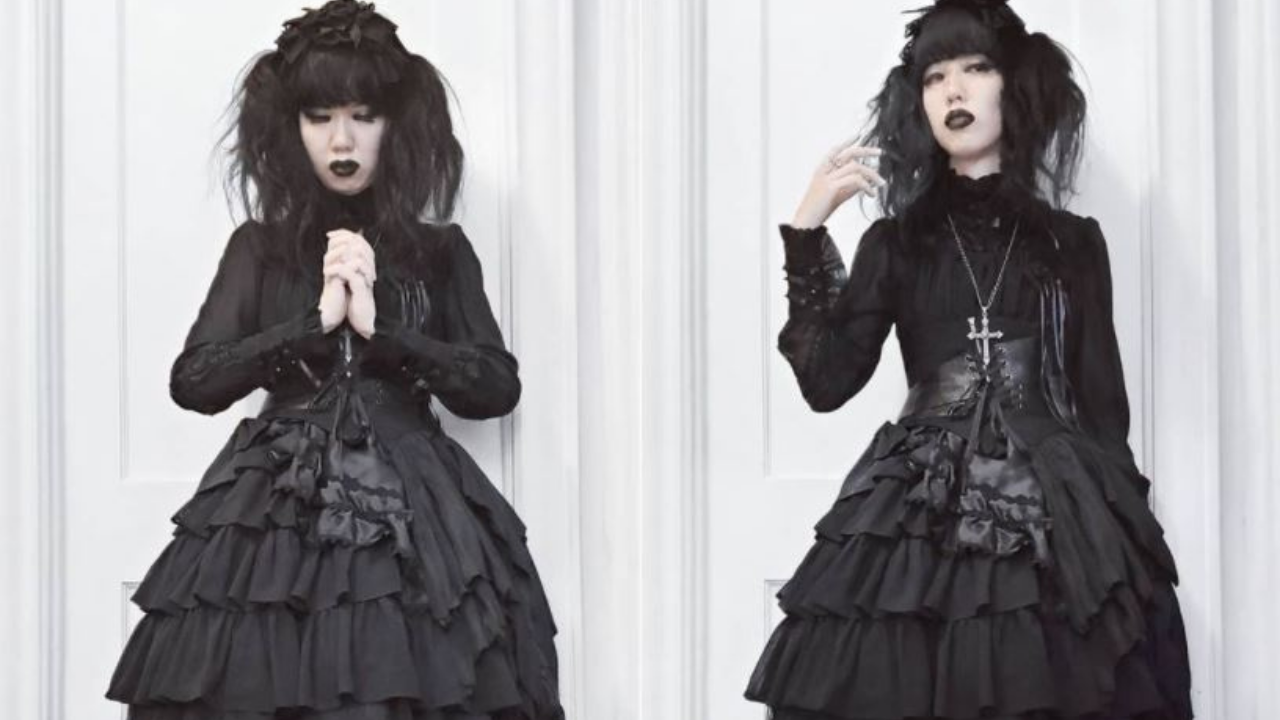When I think of pink today, I see baby showers, Barbie dolls, and spring fashion. But the history of pink tells a more complex story. It was once a color of power, then scandal, then softness. So how did pink become what it is now?
When Did Pink First Appear in History?
The word pink only entered the English language in the 17th century. It came from a flower, the pinks (Dianthus). Before that, shades of pink were simply called light red.
But pink pigments existed much earlier. Ancient Egyptians used madder root and cochineal insects to dye fabrics a reddish-pink. By the Renaissance, pink showed up in paintings as a symbol of divine love and youth. Raphael’s Madonna of the Pinks (1506) is a famous example.
So, pink wasn’t always soft or girlish. It carried spiritual and romantic weight long before it became commercial.
Why Was Pink a Masculine Colour in the 18th Century?
In the 18th century, pink wasn’t “for girls.” In fact, it was considered a strong, masculine color. Men in European courts, like Louis XV of France, wore pink suits embroidered with flowers. Pink symbolized wealth, elegance, and confidence.
Why? Pink was linked to red, a color of power, blood, and passion. Pale versions of red felt refined but still bold. Artists like François Boucher painted aristocrats in pink, showing status and luxury.
It’s striking to think: 250 years ago, pink was as masculine as today’s navy blue.
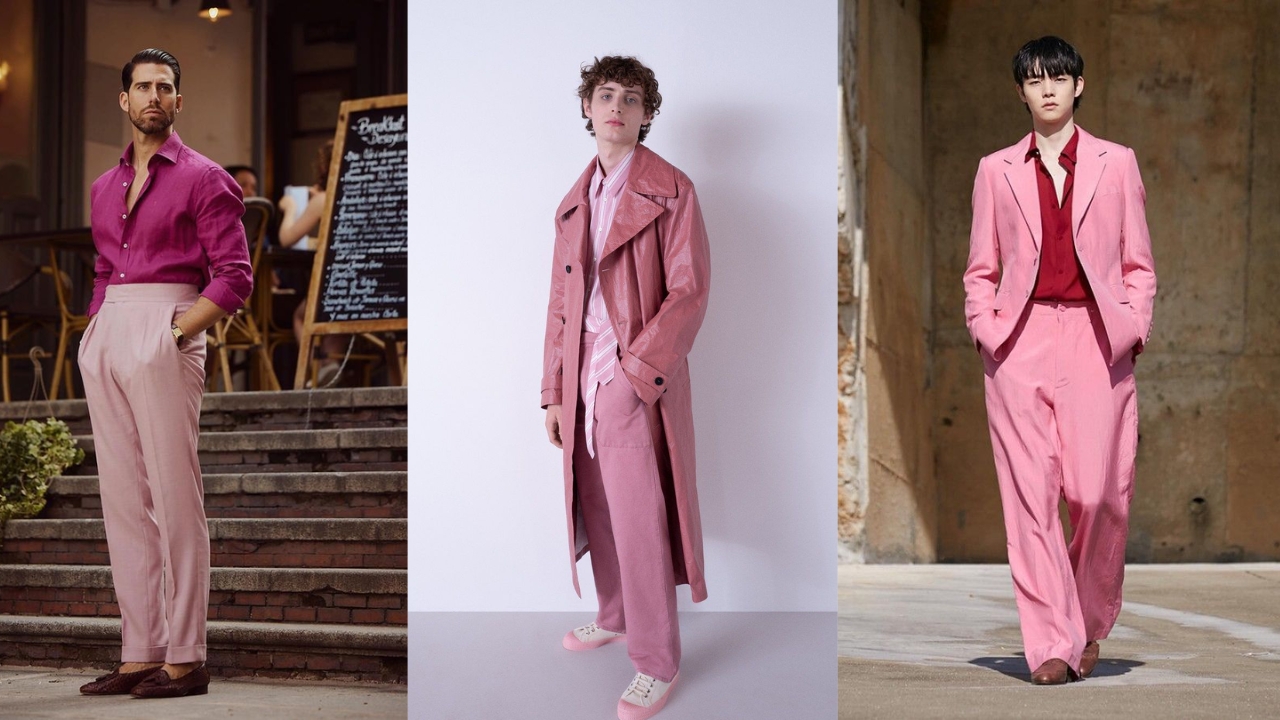
When Did Pink Become Feminine?
By the late 19th century, things shifted. Industrialization made fabrics cheaper and dye production faster. Retailers started assigning colors to children’s clothes.
Surprisingly, an American magazine in 1918 suggested:
- Pink for boys: because it was “a stronger color.”
- Blue for girls: because it was “more delicate.”
But after World War II, marketing reversed the roles. Pink became the color of femininity, softness, and domestic life. The rise of Barbie (1959) and Mamie Eisenhower’s pink White House wardrobe (1953) cemented it as the ultimate girly hue.
What About Pink in Politics and Identity?
Pink didn’t just stay in fashion. It became a political symbol. During the Nazi regime, pink triangles marked homosexual prisoners in concentration camps. Decades later, LGBTQ+ activists reclaimed the symbol in pride movements.
In the 2000s, breast cancer awareness campaigns used pink ribbons, turning them into a global emblem of solidarity and hope.
Pink keeps transforming depending on who wears it and why.
How Does Culture Shape Our View of Pink?
Culture decides what pink means. In Japan, pink cherry blossoms represent the fleeting beauty of life. In India, Jaipur is called the “Pink City”, where rose-colored buildings symbolize hospitality.
Meanwhile, Western pop culture turned pink into fun and rebellion. Think of punk fashion in the 1980s, where hot pink hair defied norms, or Valentino’s Pink PP runway in 2022, proving pink can still shock.
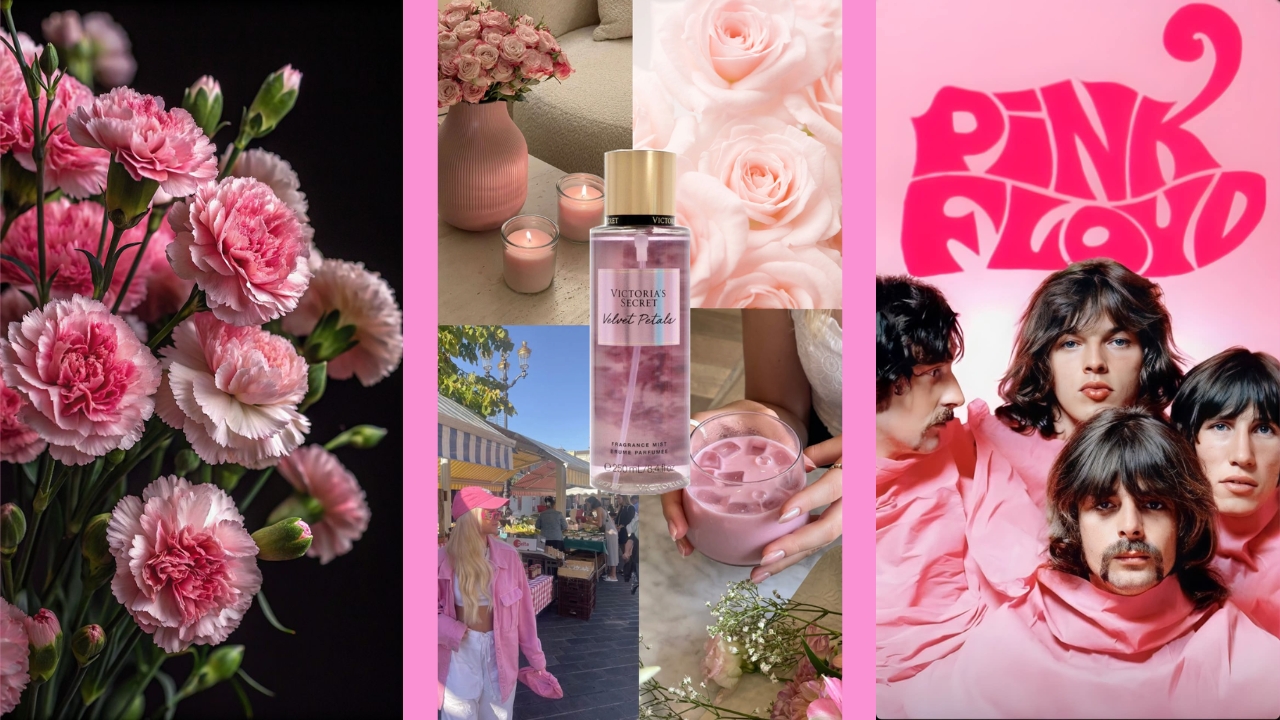
Why Is Pink So Powerful Today?
Pink sits between innocence and boldness. Baby pink feels gentle, while neon pink feels loud and rebellious. That flexibility explains why brands use it so widely, from Victoria’s Secret PINK to Pink Floyd’s album art.
Psychologically, studies show pink can even calm aggression. Some prisons painted their walls “Baker-Miller pink” in the 1970s to reduce inmate violence. The results were mixed, but it show how seriously society takes color’s effect on mood.
Conclusion: The Colour That Refuses to Sit Still
The history of pink is anything but simple. It has been masculine and feminine, sacred and playful, political and commercial.
Next time you see pink, ask yourself: Is it soft or strong? Sweet or rebellious? Chances are, it’s all of them at once.
